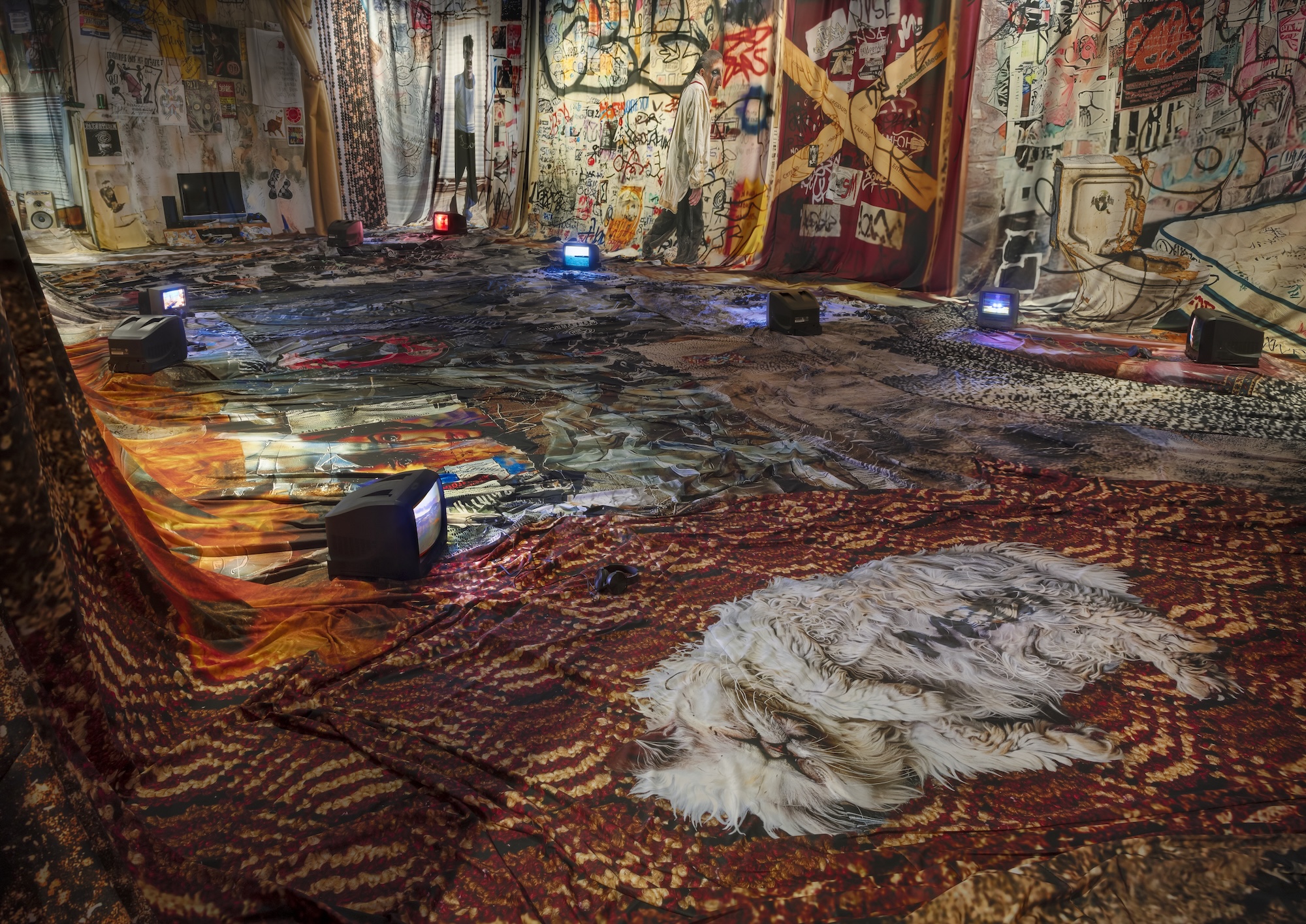In Jon Rafman’s latest exhibition at Sprüth Magers, Los Angeles, viewers are presented with a thought-provoking exploration of the relationship between television and artificial intelligence (AI). Through a groundbreaking installation, Rafman invites us to question how AI technology has not only reshaped our television experiences but also transformed our understanding of reality.
The Evolution of Television
Television has witnessed a remarkable evolution since its inception in the early 20th century. It began as a form of entertainment and information delivered through cathode-ray tubes, allowing audiences to experience visual stories from the comfort of their own homes. Over the years, television expanded its reach, becoming a mainstay in households across the globe. It connected people, transcended borders, and influenced popular culture on a massive scale.
However, with the rise of the internet and the proliferation of AI technology, the way we consume television has fundamentally changed. Streaming platforms have revolutionized the medium, offering an endless variety of content that caters to individual tastes and preferences. Artificial intelligence algorithms now curate personalized recommendations, promising to deliver exactly what we want to watch, often before we even know we want it.
The AI Revolution
This shift represents more than just a technological advancement; it signifies a deep-rooted transformation of our cognitive and perceptual engagement with television. AI algorithms, constantly learning from our behaviors and preferences, have created a feedback loop that perpetuates our existing patterns and tastes, reinforcing our likes and dislikes rather than challenging them. As a result, television becomes a curated echo chamber, limiting our exposure to new ideas and diverse perspectives.
The implications reach far beyond our television screens. AI technologies have permeated every aspect of our lives, from social media feeds to news algorithms, shaping our understanding of reality itself. This curated, AI-fueled reality has profound implications for our society, as it can exacerbate polarization, perpetuate misinformation, and divide us into fragmented echo chambers.
Reimagining Television for the AI Age
Jon Rafman’s exhibition grapples with these complex notions, offering viewers an immersive experience that forces us to confront the consequences of AI’s influence on television and our perception of reality. Through his groundbreaking installation, Rafman presents us with a world where AI becomes the central protagonist of our television narratives, blurring the line between fiction and reality.
Rafman’s work prompts us to reflect on our own role as spectators in this AI-driven landscape. How does our passive consumption of AI-curated content shape our worldview? How can we break free from the confines of these echo chambers and seek out diverse perspectives? By provoking such questions, Rafman challenges us to reimagine the future of television and affirm our agency in a world increasingly influenced by AI.
“In an age where reality is increasingly constructed and mediated by AI, it is essential to critically examine the impact of these technologies on our lives and the stories we tell.”
